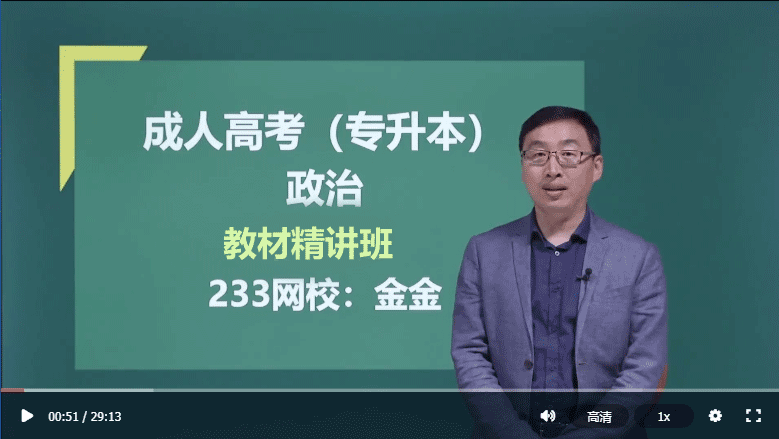цфККщЋшфИхцЌшБшЏщЂцЕхНщЂшЏхЗ
ууPassage Four
ууOceanography has been defined as "The application of all sciences to the study of the sea".
ууBefore the nineteenth century scientists with an interest in the sea were few and far between. Certainly Newton considered some theoretical aspects of it in his writingsяМ but he was reluctant to go to sea to further his work.
ууFor most people the sea was remoteяМ and with the exception of early intercontinental travelers or others who earned a living from the seaяМ there was little reason to ask many questions about itяМ let alone to ask what lay beneath the surface. The first time that the question "What is at the bottom of the oceansяМ" had to be answered with any commercial consequence was when the laying of a telegraph cable from Europe to America was proposed. The engineer had to know the depth profile яМшЕЗфМхНЂчЖяМ of the route to estimate the length of cable that had to be manufactured.
ууIt was to Maury of the US Navy that the Atlantic Telegraph Company turnedяМ in 1853яМ for information on this matter. In the 1840sяМ Maury had been responsible for encouraging voyages during which soundings яМцЕцАДцЗБяМ were taken to investigate the depths of the North Atlantic and Pacific Oceans. LaterяМ some of his findings aroused much popular interest in his book The Physical Geography of the Sea.
ууThe cable was laidяМ but not until 1866 was the connection made permanent and reliable. At the early attemptsяМ the cable failed and when it was taken out for repairs it was found to be covered in living growthsяМ a fact which defied contemporary scientific opinion that there was no life in deeper parts of the sea.
ууWithin a few years oceanography was under way. In 1872 Thomson led a scientific expedition яМшхЏяМяМ which lasted for four years and brought home thousands of samples from the sea. Their classification and analysis occupied scientists for years and led to five-volume reportяМ the last volume being published in 1895.
уу46. The proposal to lay a telegraph cable from Europe to America made oceanographic studies take on ________.
ууA. an academic aspect B. a military aspect
ууC. a business aspect D. an international aspect
уу47. It was ________ that asked Maury for help in oceanographic studies.
ууA. the American Navy
ууB. some early intercontinental travelers
ууC. those who earned a living from the sea
ууD. the company which proposed to lay an undersea cable
уу48. The aim of the voyages Maury was responsible for in the 1840s was _______.
ууA. to make some sounding experiments in the oceans
ууB. to collect samples of sea plants and animals
ууC. to estimate the length of cable that was needed
ууD. to measure the depths of the two ocean
уу49. "Defied" in the 5th paragraph probably means "________".
ууA. doubted B. gave proof to C. challenged D. agreed to
уу50. This passage is mainly about _______.
ууA. the beginnings of oceanography
ууB. the laying of the first undersea cable
ууC. the investigation of ocean depths
ууD. the early intercontinental communications
чИх ГцЈш
- 2017хЙДцфККщЋшфИхцЌшБшЏшшЏххЙДчщЂфНцчВОщцБцЛ03-28
- 2017хЙДцфККщЋшфИхцЌшБшЏшшЏххЙДчщЂфНцчВОщфЙ03-24
- 2017хЙДцфККщЋшфИхцЌшБшЏшшЏххЙДчщЂфНцчВОщх Ћ03-24
- 2017хЙДцфККщЋшфИхцЌшБшЏшшЏххЙДчщЂфНцчВОщфИ03-24
- 2017хЙДцфККщЋшфИхцЌшБшЏшшЏххЙДчщЂфНцчВОщх 03-24
| ПЮГЬзЈвЕУћГЦ | НВЪІ | дМл/гХЛнМл | УтЗбЬхбщ | БЈУћ |
|---|---|---|---|---|
| гяЮФ(ИпЦ№Еу)ОЋНВАр | ЕЫО§УФ | ЃЄ150 / ЃЄ150 |  |
БЈУћ |
| гЂгя(ИпЦ№Еу)ОЋНВАр | Monica | ЃЄ150 / ЃЄ150 |  |
БЈУћ |
| Ъ§бЇ(ЮФ)ОЋНВАр | ЭѕЗМ | ЃЄ150 / ЃЄ150 |  |
БЈУћ |
| Ъ§бЇ(Рэ)ОЋНВАр | ТогзжЅ | ЃЄ150 / ЃЄ150 |  |
БЈУћ |
| ДѓбЇгяЮФ(зЈЩ§БО)ОЋНВАр | ХЗбєАиСи | ЃЄ150 / ЃЄ150 |  |
БЈУћ |
| гЂгя(зЈЩ§БО)ОЋНВАр | Monica | ЃЄ150 / ЃЄ150 |  |
БЈУћ |
| ИпЕШЪ§бЇ(вЛ)(зЈЩ§БО)ОЋНВАр | ЭѕЬЮ | ЃЄ150 / ЃЄ150 |  |
БЈУћ |
| ИпЕШЪ§бЇ(Жў)(зЈЩ§БО)ОЋНВАр | ТогзжЅ | ЃЄ150 / ЃЄ150 |  |
БЈУћ |
ИЈЕМПЮГЬ
- ИпЦ№Еу-Ъ§бЇ(ЮФЪЗВЦОРр)

- ЭѕЗМРЯЪІ
 УтЗбЪдЬ§
УтЗбЪдЬ§
- ИпЦ№Еу-гЂгя

- MonicaРЯЪІ
 УтЗбЪдЬ§
УтЗбЪдЬ§
- зЈЩ§БО-ДѓбЇгяЮФ

- ХЗбєАиСиРЯЪІ
 УтЗбЪдЬ§
УтЗбЪдЬ§
АрМЖНщЩм
ЬзВЭАќКЌЃКзЈЩ§БОVIPАр/ИпЦ№ЕуVIPАрЃЈКЌОЋНВ+ецЬтНтЮі+ФЃПМЕуЬт)
ЬзВЭгХЪЦЃК1ЁЂЫјЖЈКЫаФПМЕу
2ЁЂПМЧАЗЂЗХ2ЬзЪдЬт
3ЁЂУтЗбжибЇвЛДЮБЃеЯ
ХфЬзЗўЮёЃК1ЁЂУтЗбЬтПт
2ЁЂПЮГЬНВвх+ПЮМўЯТди+вЦЖЏПЮЬУ







 УтЗбЪдЬ§
УтЗбЪдЬ§ 




